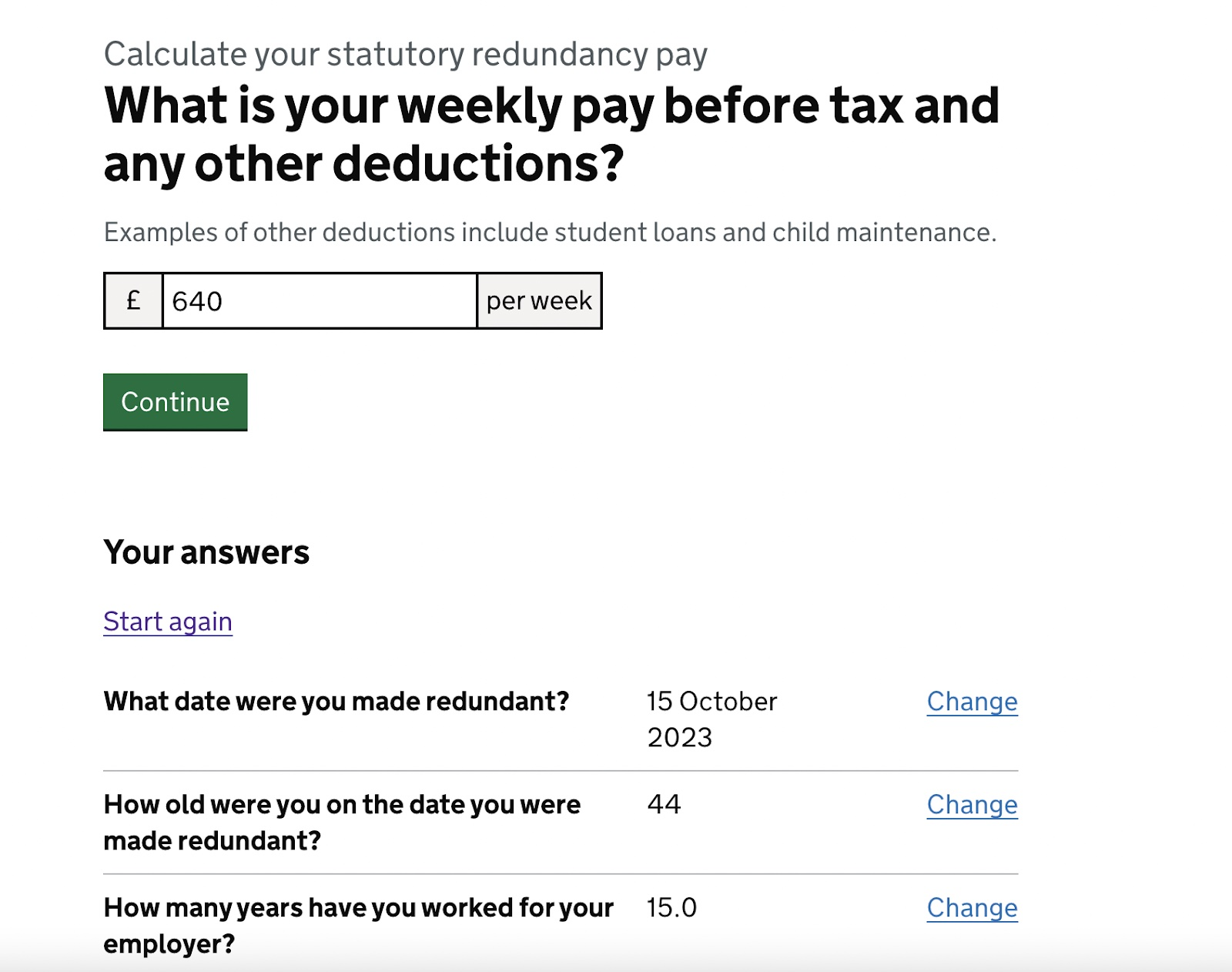What Happens to Redundancy If Company Goes Bust? An Overview to Your Rights
Checking Out the Operational Dynamics of Firm Redundancy and Its Long-Term Sustainability

Redundancy Methods for Company Connection
In order to make certain uninterrupted procedures, businesses need to carry out effective redundancy techniques for company connection. Redundancy in this context describes the duplication of vital elements or functions within a system to mitigate the effect of prospective failings. By integrating redundancy strategies, companies can boost their strength versus disturbances triggered by numerous variables such as natural disasters, tools failings, or cyber-attacks.
One typical redundancy strategy is the execution of backup systems and information storage space options. This entails producing duplicates of necessary information and systems that can be activated in instance of a main system failure. Furthermore, organizations can establish repetitive interaction channels and source of power to preserve connection and procedures throughout unpredicted events.
Furthermore, cross-training employees to perform numerous functions within the firm can serve as a useful redundancy strategy. If crucial workers are unavailable due to ailment or other reasons, this ensures that crucial jobs can still be brought out also. Generally, effective redundancy methods are crucial for organizations to maintain operational continuity and minimize the effect of potential disturbances.
Effect of Redundancy on Organizational Durability
Given the critical duty redundancy methods play in guaranteeing service connection, checking out the effect of redundancy on organizational durability becomes essential for comprehending the holistic operational dynamics of a business. Organizational strength refers to an entity's ability to adjust to interruptions, recuperate from troubles, and transform when required while preserving core functions. Redundancy, when strategically implemented, can substantially contribute to enhancing an organization's strength despite unexpected challenges. By having backup systems, personnel, or processes in position, business can better hold up against shocks and continue operations with very little disturbance.
In addition, redundancy can cultivate technology and creativity within a company as workers feel encouraged to take calculated threats, understanding that there is a security net to support them in case of failure. Generally, the effect of redundancy on organizational strength is extensive, forming the long-term sustainability and success of a business.
Stabilizing Effectiveness and Versatility in Redundancy
Accomplishing a harmonious balance between functional efficiency and flexible adaptability is a crucial challenge in the calculated release of redundancy within companies. As well much flexibility without a strong operational foundation can result in ineffectiveness and incongruity.
To balance efficiency and versatility in redundancy preparation, companies have to meticulously analyze their operational requirements, market characteristics, and tactical objectives. Eventually, finding the right balance in between effectiveness and adaptability is important for constructing a resilient and sustainable organization in the face of unpredictability.
Long-Term Sustainability Through Redundancy Planning
To make certain long-lasting feasibility and security, organizations must strategically straighten their redundancy preparation with long-lasting sustainability objectives, consequently integrating operational efficiency with flexible adaptability. Lasting sustainability through redundancy preparation includes even more than just short-term cost-cutting steps. It resource requires an extensive tactical technique that expects future obstacles and possibilities. Companies should view redundancy not as a reactive remedy to instant issues but as an aggressive technique for long-lasting success. By incorporating redundancy planning with sustainability objectives, companies can produce a resistant framework that can endure various market variations and internal adjustments.

Aggressive Actions for Sustainable Firm Operations
Exactly how can business proactively improve their functional sustainability for lasting success? Carrying out proactive procedures is vital for companies intending to guarantee lasting operations. One key approach is to spend in technology and technology to simplify processes, lower waste, and remain competitive in the marketplace. Adopting sustainable practices such as reducing energy consumption, reducing carbon footprint, and enhancing resource application can not only profit the environment however likewise bring about cost savings in the future.
In addition, promoting a culture of continuous renovation and learning within the company can enhance flexibility to transforming market problems and consumer demands. Motivating that site worker participation in decision-making procedures and giving possibilities for professional growth can enhance spirits, efficiency, and total efficiency. Establishing clear goals, checking crucial performance signs, and frequently evaluating development are vital parts of aggressive sustainability administration.
Teaming up with vendors, consumers, and various other stakeholders to promote sustainable methods throughout the supply chain can create a causal sequence of positive effect - redundancy pay if company goes bust. By taking positive steps towards functional sustainability, firms can build strength, drive advancement, and protect their long-lasting success in an ever-evolving organization landscape
Conclusion

In the world of organizational administration, the critical implementation of company redundancy stands as a crucial yet elaborate practice that demands a fragile balance in between operational performance and long-lasting feasibility. By exploring the operational characteristics that underpin company redundancy and evaluating Going Here its wider ramifications for organizational strength and adaptability, a nuanced understanding of just how redundancy strategies can form the future trajectory of a company starts to unfold.Offered the vital role redundancy methods play in making certain organization continuity, checking out the effect of redundancy on business resilience comes to be critical for comprehending the holistic operational characteristics of a business. On the whole, the impact of redundancy on organizational strength is extensive, shaping the lasting sustainability and success of a company.
In final thought, comprehending the functional characteristics of company redundancy is essential for making certain long-term sustainability.